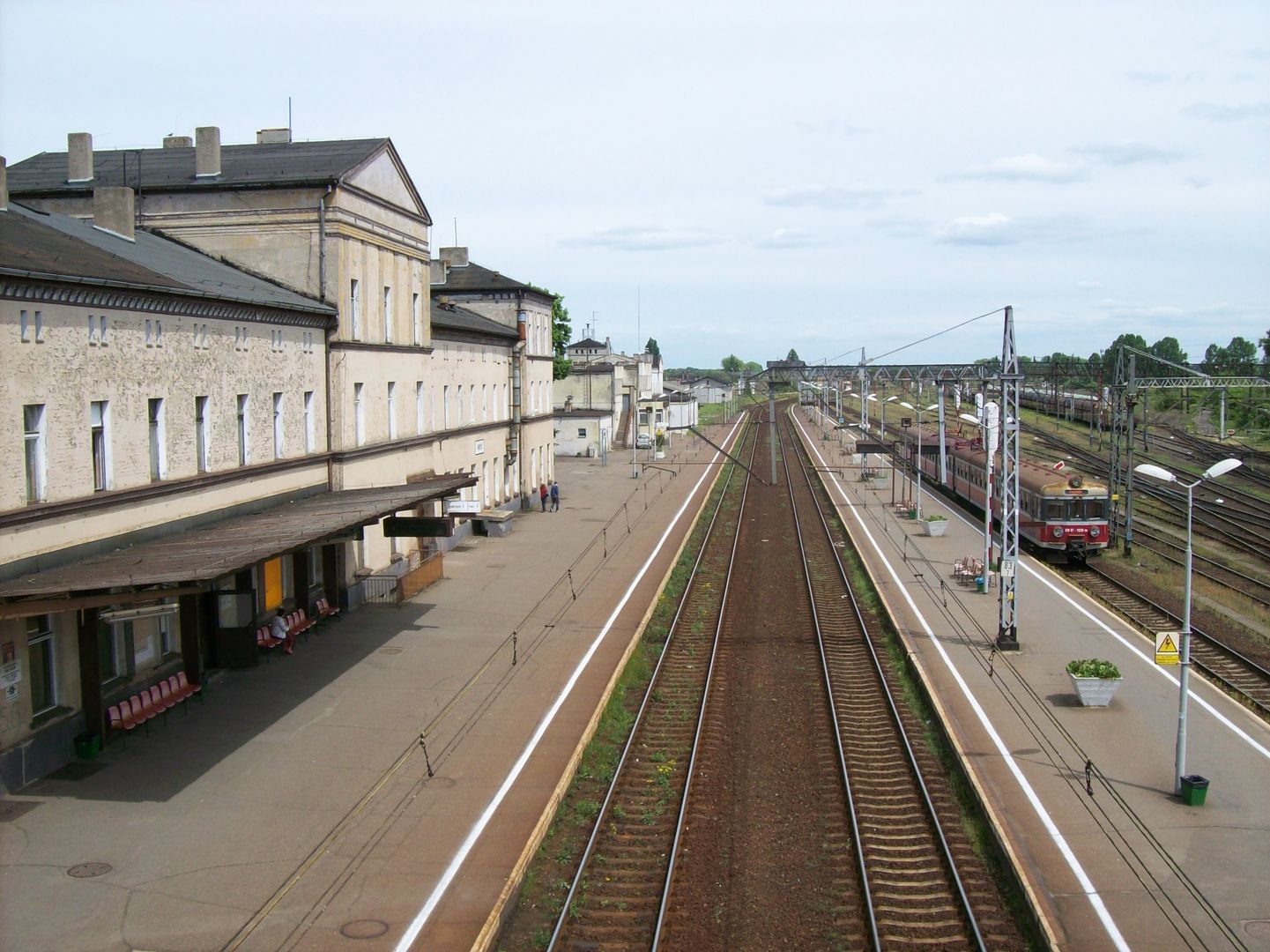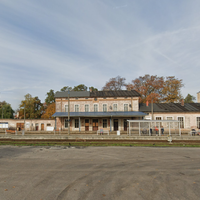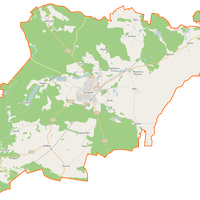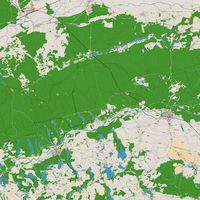Czarnków-Trzcianka County
7.48

Overview
Czarnkowsko-trzcianecki County, with its seat in Czarnków, was established in 1999 as a result of the administrative reform, merging two former counties: Czarnków and Trzcianka. It is one of the largest counties in the Greater Poland Voivodeship in terms of area (1,808.9 km²) and population, which in 2020 amounted to 86,868 people. The region is located on the border of the Wałcz Lakeland and the Gorzów Basin, neighboring the Lubusz and West Pomeranian voivodeships. The county abounds in interesting places, such as the Drawa National Park and numerous protected landscape areas. The Czarnków moraine, often referred to as "Czarnków Switzerland," is also located here. The economy is based on the wood, food, and aluminum industries. Many well-known companies operate in the county, such as Steico S.A. and Meble Vox. In 2019, the unemployment rate was only 3.9%, indicating a favorable labor market situation. Transportation in the county relies on rail and road networks. The two main railway lines are the non-electrified line between Tczew and Kostrzyn and the electrified Poznań-Szczecin line. Key national and regional roads also pass through the county. Czarnkowsko-trzcianecki County has a rich cultural infrastructure, including religious monuments such as churches in Lubasz, Czarnków, and Trzcianka, as well as palaces, including those in Bzów and Lubasz. In 2011, the county achieved high rankings in national and regional county assessments. In 2019, a referendum was held in Trzcianka regarding the division of the counties, in which 97% of residents voted in favor of creating a new county, but no changes were implemented. In the event of a division, the new county borders would run along the Noteć River, separating the new Trzcianka County in the north from Czarnków County in the south. The county also boasts local media, including the cable television station TVL Trzcianka and several online portals, providing residents with news and information about the region.
Location
Country
You can also find here:

Trzcianka
7.01
Trzcianka Deanery

Trzcianka
7.01
Trzcianka Deanery

Wieleń
6.9
Trzcianka Deanery

Czarnków
6.85
Czarnków Deanery

Notecka Forest
6.82

Czarnków
6.81
Deanery of Wieluń

The Parish of Saint Mary Magdalene in Czarnków
6.81
Czarnków Deanery

Drezdenko Deanery
6.74

St. Mary Magdalene Church in Czarnków
6.72
Czarnków

Museum of the Notec River Land
6.7
Trzcianka
2025 Wizytor | All Rights Reserved